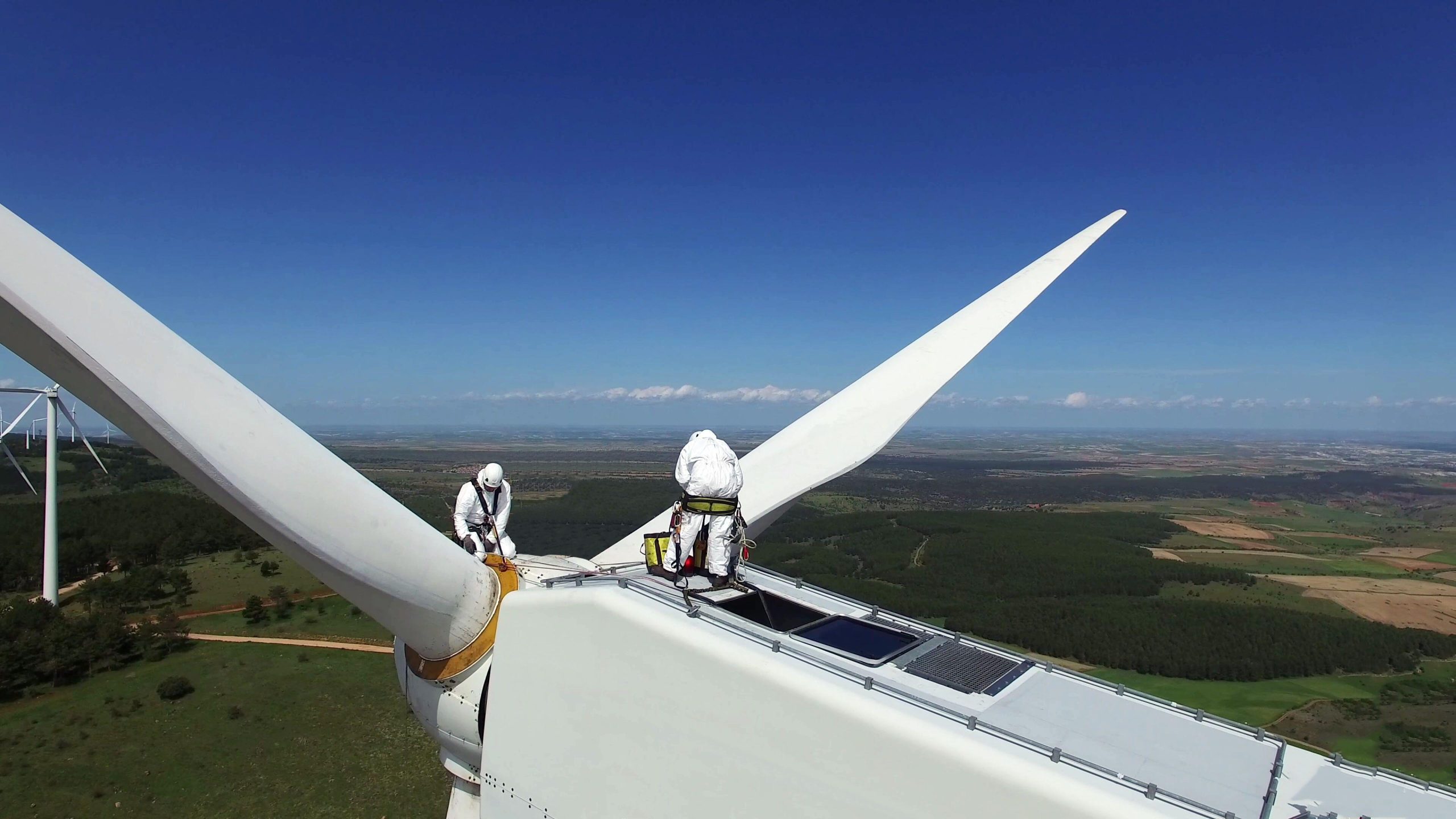Data collection
The underlying dataset for this report is Ember’s collection of national ambitions for renewable deployment for the power sector in 57 countries and the EU. In this report, we define national ambition as national targets expressed in terms of cumulative renewable capacity (GW) and/or share of renewables in total generation (%) that the government aims to achieve by 2030. The 2030 renewable energy capacity targets are summed across 57 countries, plus the EU as an individual entity and excluding individual EU countries.
To collect this data, we reviewed government-issued policy documents of the following types: national laws, national strategy or plans, executive orders and policy proposals undergoing legislative process. If there was no target data available in explicit terms in such a document, we used projections provided by the government or third-party studies that simulate power sector development trajectories based on current policies for renewable development or net zero targets.
Target categorisation
Targets are categorised into three different types depending on how the targets are identified.
- Explicit targets are identified clearly in official government policy documents.
- Implicit targets are identified based on official projections or credible third-party studies. They are used as a proxy for measuring the country’s ambition for renewable deployment.
- Derived targets are Ember’s estimation for 2030 based on explicit targets for other years.
These targets were then assigned a confidence-level of the country’s ambition based on the following criteria:
- Has the source document for the target been updated in the last 1-3 years?
- (if the target is implicit) is the source study conducted by a government agency? If the projections are made by a third-party, how reliable is it?
Countries with no targets
Two countries have no capacity targets (Russia and Austria). 17 countries have no share of generation targets.
Global estimates for renewable capacity target
The sum of the national targets collected in this report is 6,738 GW. The EU countries’ national targets are excluded, using the EU’s target as a representation of all the member countries.
Since we have not collected data for every country in the world, not having a data point does not necessarily mean a country has no target. To account for the missing data, we adjusted the aggregate targets for 58 countries and regions against their share of global renewable capacity as of 2022 (93%).
To account for countries without capacity targets (Russia, Austria), we consulted projections provided in the following sources:
Reporting of solar capacity in alternating and direct current
Historical renewable capacity data is from IRENA’s Renewable Capacity Statistics 2023, reported as the operating capacity delivered to the grid in alternating current (AC). Meanwhile, the International Energy Agency’s future projections and solar manufacturing capacity are reported in DC (total wattage of the solar panels). Capacity ratings of prospective projects in the GEM’s data is usually unknown, as this information is often not specified. It is not clear whether national targets are reported in AC or DC.
Solar capacity reported in DC is about 10 to 30% higher than that reported in AC. However, due to the lack of clarity on the reporting standards and their differences, this analysis used data as reported by the data provider without any conversion.
Definitions
Bioenergy: Energy content in solid, liquid and gaseous products derived from biomass feedstocks and biogas. It includes solid bioenergy, liquid biofuels and biogases. Bioenergy as a form of renewables is often not carbon neutral and has other risks.
Clean energy: Clean energy includes electricity generation from wind, solar, hydro, nuclear, biomass and other renewables.
Compound annual growth rate (CAGR): Mean annual growth rate over a specified period of time assuming growth takes place at an exponentially compounded rate.
Derived targets: Targets estimated by Ember for 2030 based on explicit targets for other years.
Electricity generation: The total amount of electricity generated by power only or combined heat and power plants including generation required for own use.
Explicit targets: Targets that are identified clearly in national strategy or plans, executive orders, legal texts, and policy proposals nearing approval.
IEA Net Zero Emissions by 2050 Scenario (NZE Scenario): A normative scenario put forward by the IEA that shows a pathway for the global energy sector to achieve net zero CO2 emissions by 2050. It is consistent with limiting the global temperature rise to 1.5 degrees Celsius.
Implicit targets: Targets that are sourced from official projections or credible third-party studies based on current renewable support policies and net zero targets. Although implicit targets are not legislative or legal targets, they act as a proxy for current ambition for renewables in the absence of an explicit target.
Renewable capacity: Renewable power generation capacity is measured as the maximum net generating capacity of power plants and other installations that use renewable energy sources to produce electricity. Includes solar photovoltaics, solar thermal, offshore and onshore wind, large hydro, small hydro, bioenergy, and other renewables (ie. geothermal). Usually measured as a kilowatt, megawatt, or gigawatt.
Renewable capacity factor: How much energy is produced by a renewable generation source compared to its maximum theoretical output, which varies across technologies.
1.5C: Limiting warming to 1.5 degrees Celsius implies reaching net zero CO2 emissions globally around 2050 and concurrent deep reductions in emissions of non-CO2 forcers, particularly methane.







